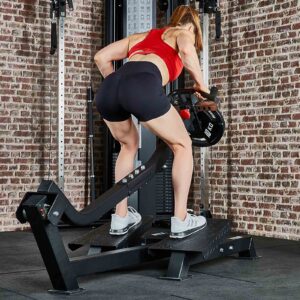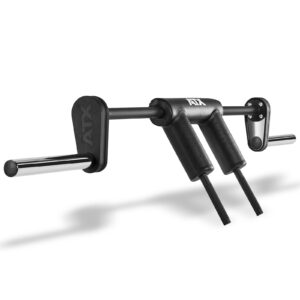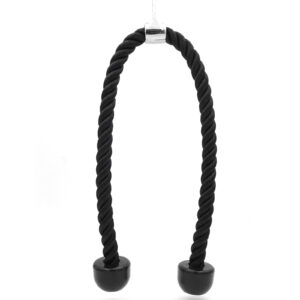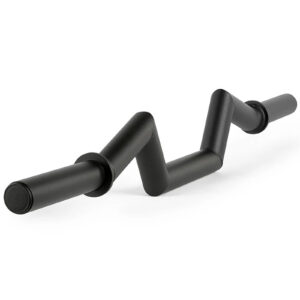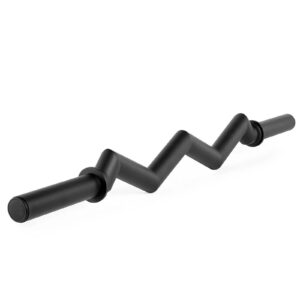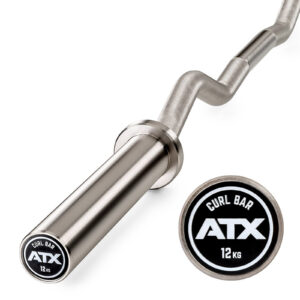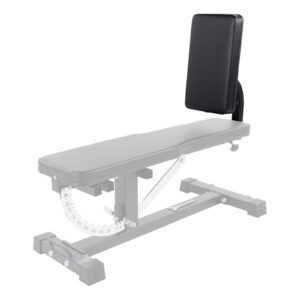
 Bodybuilding Equipment and Workouts To Build Muscle
Bodybuilding Equipment and Workouts To Build Muscle
Train and Eat Like Arnold
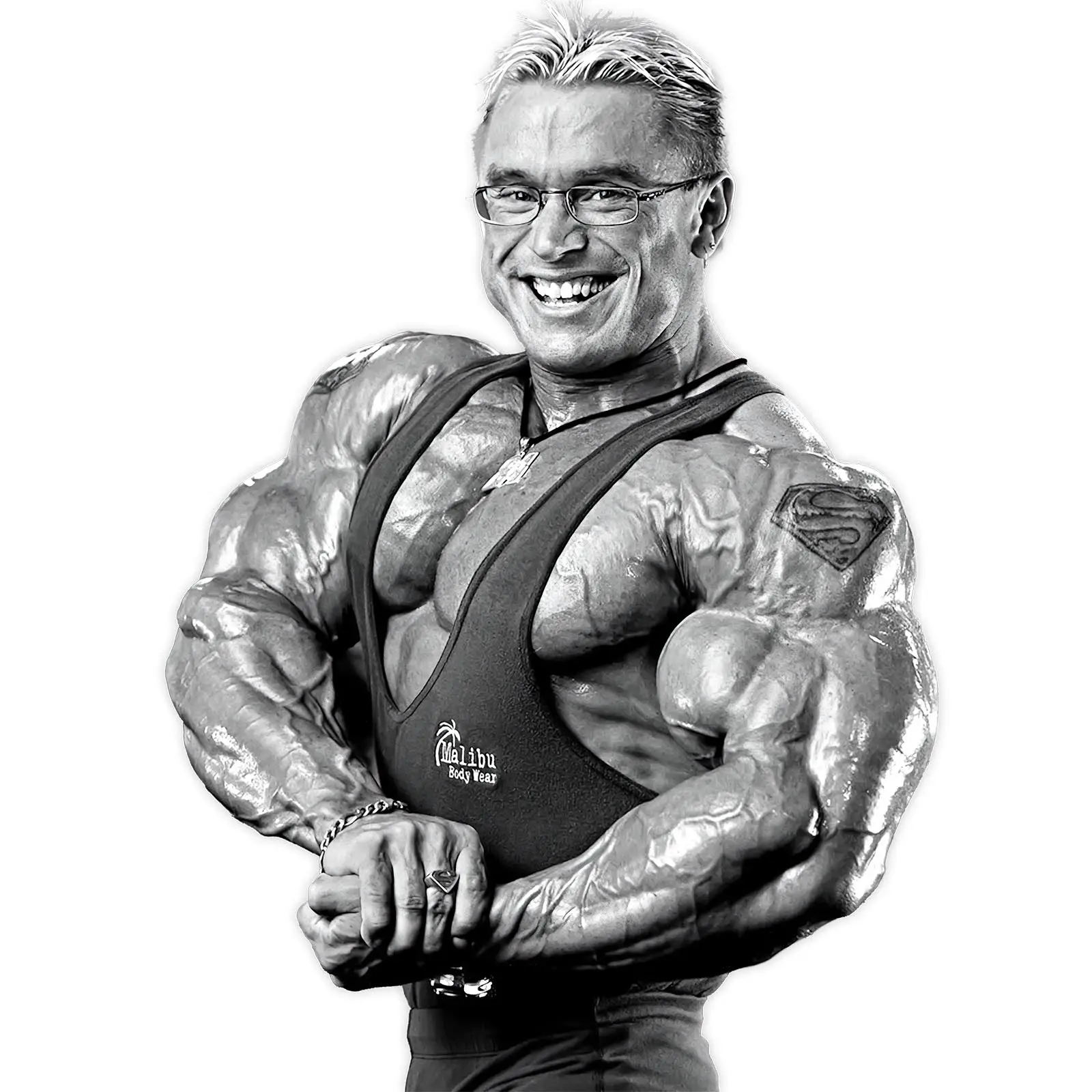
Best equipments for Bodybuilding
-
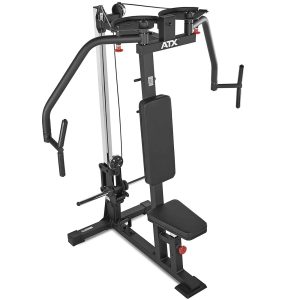
ATX® Pec Fly/Rear Delt Machine
$1,295.00Add to cart -
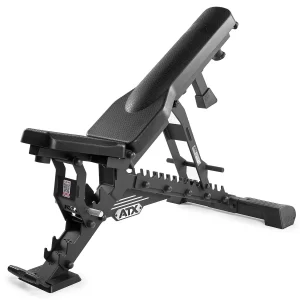
ATX® Warrior Bench – Slim PU
$980.00Add to cart -
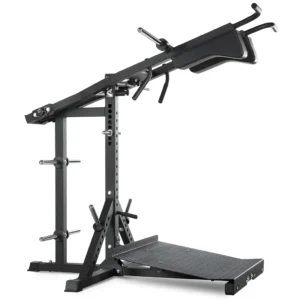
ATX® Lever Arm Squat Pro – Viking Press
$1,945.00Read more -
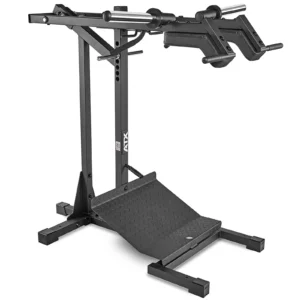
ATX® Squat Calf Machine 600
$1,235.00Read more -
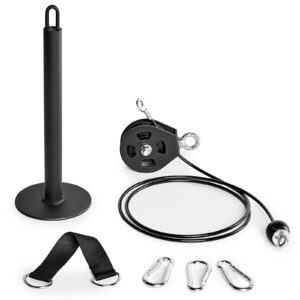
Cable Pulley System (High)
$45.00Add to cart -

ATX® Folding Weight Bench Black
$695.00Add to cart -
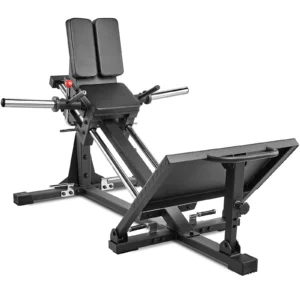
ATX® Compact Leg Press ATX-CLP-700
$1,890.00Read more -
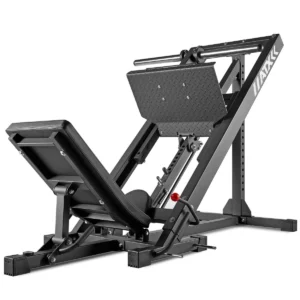
ATX® 45 Degree Leg Press
$2,950.00Read more -
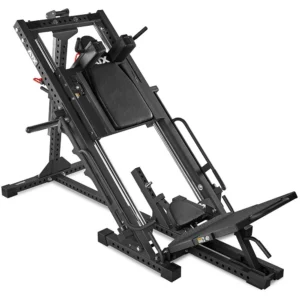
ATX® Leg Press/Hack Squat 4in1 Combo
$3,950.00Add to cart -
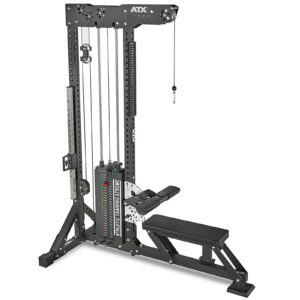
ATX® Trinity Tower 135 kg
$3,775.00Add to cart -
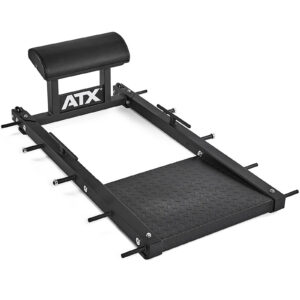
ATX® Hip Thruster Bench
$575.00Add to cart -
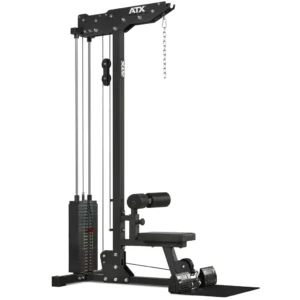
ATX® Lat Pulldown with Weight Stack
$2,395.00Add to cart -
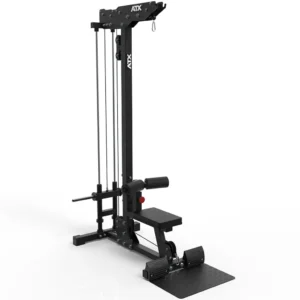
ATX® Plate Loaded Lat Pulldown and Row Machine
$1,370.00Add to cart -
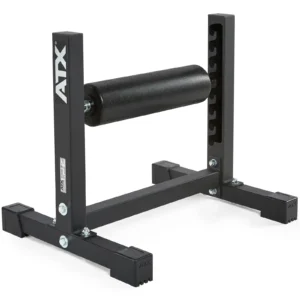
ATX® Split Squat Stand
$225.00Add to cart
BodybuildingFrequently Asked Questions
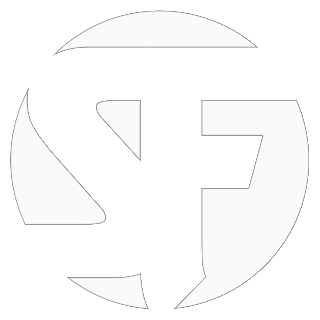
 Why are proteins important for bodybuilders?
Why are proteins important for bodybuilders?
Before you start swigging raw eggs mixed with an unidentifiable grey powder that you purchased online, you need to understand first what proteins do and how they can help you gain in size and strength.
Firstly, we use [glossary term=”proteins”]protein[/glossary] as a form of fuel. There are many different types of protein – around 10,000 within the human genome to be exact. The average bloke is made up of almost 11 kilograms of the stuff.
The thing about protein is that we use it for just about everything we do – from breathing to building and repairing muscle. Starting to see the link now? If you’re looking at building muscle mass, protein is going to be the building block of that. There is another perk to high-protein diets, and that is they tend to be very low in fat, so while you’re building that muscle, you’ll be losing unwanted fat.
Deciding how much protein you need is the real trick – most guidelines are calculated to suit the average Joe and not an athlete who spends an hour or more in the gym a day. I’d agree with the fitness experts and say a baseline of about 1.2 to 1.4 grams per kg (of a person’s body weight) is a good place to start. Remember, you’ll not be eating all that in one go – you’ll be spreading that over a good number of meals.

 How will supplements help me build muscle?
How will supplements help me build muscle?
Even if you’re eating as much protein as you need – which is likely the case for most serious builders – you still need a supplement to help you along. Protein shakes are great because you can have them on the go and it’s less likely that you’ll miss a meal if the ingredients are easy to prepare. While you might not be inclined to follow the “less is more” rule when it comes to bodybuilding, I’d recommend you show some restraint when it comes to protein shakes – more than 2 grams per kg is not going to be of much benefit and you’ll probably end up with a little more weight gain and a stomach ache if you try to overdo it.
When selecting whey-based proteins, you’ll be choosing from whey concentrates, whey isolates and whey hydrolysates. Each has its own benefits. Whey concentrates are absorbed quickly and can be used after training or between meals. Whey isolates offer all the benefits of the former but are low in calories. Whey [glossary term=”hydrolysates”]hydrolysates[/glossary] are favoured by those rebuilding damaged muscle tissues.
As for non-whey based products, you have your [glossary term=”casein”]casein[/glossary], which is absorbed much more slowly by the body and usually taken as a night-time beverage. Milk protein isolates contain casein. Whey and egg protein concentrates are great for blends and take longer to digest.

 What are the most popular competition poses?
What are the most popular competition poses?
Why do the work if you can’t show it off, right? Once you’ve built your muscles like that of a Greek god, it’s time to present them to the world and there’s no better way to do that than to strike these bodybuilding competition approved poses.
The front lat spread: This pose allows you to show off the width of your lats, as well as your arms, forearms, shoulders, chest and quadriceps. You’ll also get the chance to flash your calves.
The front double biceps: Displaying your arm musculature is what this pose is all about, with a focus on the size and peak of your biceps.
Side chest: It’s all about chest thickness and size – from both sides – with the side chest pose.
Rear lat spread: This spread gives judges a more comprehensive look of your lats from a rear angle, as well as your arms, trapezius muscles, glutes, hamstrings and rear calves.
Rear double biceps: This pose is all about arm size from the rear, with a focus on your biceps (peak and mass).
Side triceps: This pose shows off those lateral head triceps from the bodybuilder’s chosen side.
Abdominal and thigh: This is another of those full views, giving you the chance to flaunt the definition of your abs, intercostals, quadriceps and serratus anterior. You’ll also be showing off your chest, forearms and front arms, not to mention your lats and calves.
Most muscular: The last of the poses is the chance to show off your muscles in their full glory.

 Are there any real benefits to Bodybuilding?
Are there any real benefits to Bodybuilding?
Let’s look now at the perks of doing bodybuilding workouts. The world might be divided when it comes to how closely a bodybuilder should follow them, but the benefits of the workouts themselves cannot be underrated.
Did you know that bodybuilding workouts will keep burning your calories even after you’ve left the gym? Training with weights allows your body to keep burning calories for a total of 36 hours after you’ve hung up your towel and gone home. What’s more, your resting metabolic rate will increase and your bone density will improve. If you’re interested in the health benefits alone, perhaps the biggest benefit is the cardio perks and the fact that almost every facet of your heart health – from blood pressure to metabolism – can improve with weight training.

 What bodybuilding contests can I participate in?
What bodybuilding contests can I participate in?
Keen to take your bodybuilding to a competitive level?
Currently, there are five bodybuilding federations within Australia, all boasting their own competitions:
- INBA Australia (International Natural Bodybuilding Association)
- ANB (Australasian Natural Bodybuilding)
- IFBB Australia (International Federation of Bodybuilding)
- NABBA / WFF (National Amateur Body-Builders Association/World Fitness Federation)
- WNBF Australia (World Natural Bodybuilding Federation)
The 2020 Australasian Championships organised by the IFBB Australia has recently been put on hold due to COVID-19.
Whether you’re into fitness, figure or bikini bodybuilding competitions, these federations have something to offer to match your interest.

 What’s the best Bodybuilding routine?
What’s the best Bodybuilding routine?
So I’ll make this simple for you: the best bodybuilding routine is the one that will work for you and your fitness goals.
If you want to get ripped like the Terminator, 6 weeks hard training won’t simply cut it. Building muscle doesn’t work like that.
Let me give you a brief nerd talk about how bodybuilding helps our muscles become bigger (or leaner) and stronger. Science will tell you that while pumping iron can stimulate muscle growth, it will take time for the muscle tissue to actually get bigger.
You see when you put a lot of stress on your muscles by hitting the weights; they undergo trauma, which then activates the repair cells that will try to fix the damage by joining forces. The result? This increases your muscle fibre. So the more stress you place on them, the bigger and stronger they will get.
These things take time. Heck, even your genetics, age, diet, how you train and recovery can also affect the speed at which your muscle is built.
If you’re wondering how long it takes to have sick gains, it will take six months to several years. But I reckon success doesn’t happen overnight, right? Let me put it this way: think of bodybuilding as an artistic pursuit. Your body is the sculpting material, you’re the artist, and the result of your labour is your masterpiece — a chiselled-to-perfection body that could rival the ancient Greeks. See what I mean?
Another good news is that there are elements you have control over your body’s growth processes like diet, rest and recovery. Optimise these things along with your bodybuilding routine and you can drum up some serious muscle growth, no matter what your body type is.
Now that some basic stuff is out of the way, let’s get right into the meat of the matter.
Common Bodybuilding Routines
3-day split
The idea is to start with a routine that will stimulate muscle hypertrophy. For example, follow a 3-day full-body workout for a month or two. I recommend choosing any exercise that allows you to work your entire body.
I follow each workout day by one rest day and take the weekends off. Remember that recovery is just as important as your diet and routine, as you build most muscle during your time off.
To get started, here’s a sample workout for your first day. You can use the same weight and same reps for all sets.
Bench Press: 3 sets x 5-8 reps
Lateral pulldown: 3 sets x 5-8 reps
Squat: 3 sets x 5-8 reps
Leg curl: 3 sets x 12-15 reps
Dumbbell shoulder press: 2 sets x 5-8 reps
Incline curl: 2 sets x 12-15 reps
Triceps press down: 2 sets x 5-8 reps
Initially, you will have “beginner gains”. They may not look much at first, but nobody’s expecting you to look like a Budgie Smuggler model after 6 weeks of training. The goal is to just get the feel of these exercises and get comfortable with them. Just don’t lift weights where you’ll be sacrificing correct form. Know how far you can go and keep on leveling up.
4-day split
Once you’re ready for the next level, which means you have been training longer and have become stronger, begin your transition to a 4-day-a-week bodybuilding routine. This is perfect for intermediate trainers (6 to 18 months of training), as it allows them to boost muscle progression through heavy compound exercises.
With this routine I can achieve incredible gains by cutting back on the times I train each muscle (from 12 reps to 8 reps), increasing my rest intervals, and adding another day to my workout week.
I would kick things off with an upper body exercise on the first day, lower body on second, followed by rest day, and then repeat. 3 days off each workout week will also help me show up to the gym fresh and recovered.
5 day split
5 day split for the advanced and elite! If you’re now at this stage of your bodybuilding journey, you can finally say you’ve made it.
New templates usually involve new exercises, but nothing is set in stone at this point. If you’re already satisfied with your strong, ripped core, then you may choose not to perform core workouts as often as you used to. Find out which parts of your body need more improvement and work on them.
I would recommend focusing on 1 to 2 muscle groups per workout. I mean imagine this for a second, you’ve been training for over 2 years, so the speed at which you build strength and muscle will slow down. And that’s normal. Your body is now having a tougher time adapting to the stress level you’re under than when you were a beginner. I would take it as a sign that you’re inching closer to your max muscle mass limit.
So it’s best to just increase the reps (and even the intensity) on each muscle you’d like to train. Allow yourself to have a longer rest interval and recovery for it to heal fully and stimulate as much muscle growth as possible.
Gains for Life
Allow me to pull you back into the present. Now, massive gains require a lot of hard work. The roads to Rome will be an uphill climb, and you’ll struggle at some point. We all do. You may even feel stuck for a while, but that’s okay. That’s why you have to stick to your goals and trust the process (and your natural abilities) that will help you reach them, which in this case is your bodybuilding routine.

 Is Bodybuilding a Sport?
Is Bodybuilding a Sport?
Yes. Bodybuilding is definitely a sport! Just like rugby, soccer or MMA, bodybuilders are training full-time to become the best at what they do – which is to build an impressive physique. While bodybuilding contests, like the Mr Olympia or the Arnold Classic, might just look like a few shirtless men flexing their muscle in sequined thongs, how they appear on stage is not to chance. It is a product of years of dedication, working out, bulking, and dieting, just for 5 minutes in the spotlight.
Like how the best team will usually win a football match, or the fastest sprinter will normally win the race, the bodybuilder who has the best shape, size and conditioning, or all three of these things, will normally win. But there is always a chance they won’t. The best shape, size and conditioning is determined by the judges, not crossing a finishing line. That’s why bodybuilding is exciting. You never know who’s going to come in in their best shape, and whether a new champion will be crowned.
Like all sports, bodybuilding is a testament to what humans are capable of. Through bodybuilding, we can learn to push ourselves to do our best; how to win and lose with grace – which is what sport is all about.

 What to eat to Build Muscle?
What to eat to Build Muscle?
This is a highly controversial, over-complicated topic. Here are the basics and all you really need to know:
1. Eat enough protein – how much is enough? If you are training, aim for at least 1.5-2g per kilogram of bodyweight. For example, if you weight 70kg, aim for 105-140g protein per day, minimum. Why? For muscle recovery and growth. It’s that simple.
The foods you get your protein from are completely your choice – none is better than the other. You can do all meat or all-plant based, or both. Just eat what you enjoy, but make sure it’s relatively healthy and high in protein (e.g a lean steak vs a bucket of KFC – both have protein, one is healthy for you in the long term).
2. Eat enough calories – how many calories is enough? I couldn’t tell you. Experiment and see what works for you. You want to gain muscle, but not too much fat – building muscle is a slow (yet rewarding) process. If you gain weight too quickly, a lot of that will be fat. I recommend eating the same thing for a week, and weighing yourself each morning to see if you are gaining or losing weight.
If you are losing weight and you want to gain weight, eat a bit more each day, and vice versa if you want to lose weight. Other than protein, your calories can come from whatever source you like (preferably healthy foods!). There are countless stories of people who have build impressive physiques on a vegan diet, high carb diet, low carb diet, keto diet, plant-based diet, meat-based diet, with and without supplements e.g., Protein power.
Just monitor how you feel and adjust what you eat from there! If you eat enough protein, and you eat enough calories, you WILL build muscle over time (with good sleep and recovery, too!). The hard part is being consistent.

 How to start Bodybuilding?
How to start Bodybuilding?
A good way to start bodybuilding is with a three days per week, full body split. For example, every Mon, Wed, and Fri, doing one exercise for every muscle group – Push, Pull, and Legs. For example:
Squats: 3×8-12, 2 min rest between sets. Works your legs (glutes, quads, hamstrings etc.)
Lat Pulldown: 3×8-12, 2 mins rest between sets. Works your pulling muscles (lats, traps, biceps etc).
Pushups: 3×8-12, 2 mins rest between sets. Work your pushing muscles (chest, shoulders, triceps etc.)
“3 sets of 8-12 reps” is a standard muscle building routine for beginners. This scheme allows us to train safely while still doing enough to fatigue the muscle, to help stimulate growth. If you can’t do 8 reps yet, try to do as many reps as you can, or make the exercise easier.
If you can’t do three sets, do as many as you can! Don’t over complete things to start with. You will learn how your body works best, and what you enjoy, and how much volume you need to grow. In future, you may decide to split your body parts into separate days, rather than a full-body split. Or maybe you would like to include isolation movements such as bicep curls and triceps extensions to target specific areas of your body.
But for now, try the program above, and see how you go. As a beginner, a little goes a long way when it comes to building muscle!

 What is Volume training in Bodybuilding?
What is Volume training in Bodybuilding?
‘Volume’ refers to the total amount of training you are doing: Volume = Sets x Reps x Weight.
If you increase sets, reps, or the weights you are using you will be increasing your volume. Arnold and Lee Priest trained high volume (up to 20 sets per muscle group, 6-12 reps, moderate weight, each workout). Whereas other bodybuilders like Mike Mentzer or Dorian Yates trained low volume, but high intensity (1-5 sets, 5-8 reps, very high weight, each workout).
Both High Volume and High intensity Training can build muscle, but different people respond better to different styles. Or enjoy one more than the other. Try both and see what works best for you! You can even alternate between both styles.
As a note, going too high on both volume and intensity is not optimal, as you may find it hard to recover from doing 20 sets with very high weights, for example. There is a happy middle ground between the two extremes, so again, experiment and find what works best for you.

 Do Bodybuilders train Everyday?
Do Bodybuilders train Everyday?
Yes, most high-level bodybuilders would do some form of training every day – it’s like a full-time job. For example, Lee Priest is well documented for training each body part on a separate day, 5-7 days a week, for 2-3 hours each day. For example, Monday Chest, Tuesday Back, Wednesday Legs, Thursday Shoulders, Friday Arms, Repeat.
Some of these days will be very intense, with heavy weights, and other days may be more of a pump style, hypertrophy focused workout. Some days they might incorporate strength and hypertrophy training into the one session.
Bodybuilders are great at ‘auto-regulating’, meaning they know their body well enough to push themselves each session, as well as knowing when rest is needed. Autoregulation is a skill you can develop too. With time and consistency invested in your training you will so know how your body responds.
If you are just a dedicated gym rat who is passionate about bodybuilding it is unlikely your body will hold up to the training load of the professionals. Plus, you are unlikely to have the time too. So don’t feel that you need to dedicate time everyday to be serious about bodybuilding.

 How often do Bodybuilders train?
How often do Bodybuilders train?
As mentioned previously, most bodybuilders will train for 2-3 hours each session, 5-7 days a week. This is because they have become very advanced and will need to do a lot of volume (sets x reps x weight in kg) to grow and adapt.
As a beginner, you will not need to train this much, because everything you do is new and stimulating for your muscles. Your muscles have probably never worked that hard at once – a little will go a long way AKA ‘Newbie Gains’!
After 5-20 years of lifting, like most bodybuilders, you will need to do a lot to gain a little from your training. This is because your muscles have adapted to lots of different training styles/amounts. If this equation does not sound appealing, please do not be put off. After this much training you will feel great. You will be bigger and stronger. Most importantly you will feel great. The diminishing returns will not be an issue.
For advanced lifters, recovery becomes more important too, because they need to lift A LOT to grow. They cannot maximise their training whilst their body is rebuilding from their last intense session. That is why advanced lifters focus on nutrition, sleep, stretching and massage to get them back into the gym.

 How did Bodybuilders train before Steroids?
How did Bodybuilders train before Steroids?
It is a MYTH that Natural and ‘Enhanced’ Bodybuilders train differently. Before steroids, bodybuilders would likely do the exact same exercises for the same number of sets and reps as they would when they jump on steroids.
Steroids are generally used by bodybuilders to help them recover quicker from an intense workout. This means that they can train more often than if they were natural. Therefore, they have more potential to get stronger quicker than a natural athlete. As strength and muscle mass are highly correlated, the stronger they get, the bigger they will get.
If a natural athlete were to train as intensely AND as often as a bodybuilder on steroids, they would not be able to adapt (and grow) because they haven’t given themselves enough time to recover. There is no easy path.

 Should athletes train like Bodybuilders?
Should athletes train like Bodybuilders?
The best training for an athlete would be to practise more of the sport they are competing in. For example, the best form of training for a swimmer would be swimming, for a soccer player it would be playing more soccer, and for a bodybuilder would be bodybuilding/weight-lifting-based exercises.
Where bodybuilding exercises can come in handy for non-bodybuilder athletes would be for building muscle that will assist them in their sport or protect them from injury. For example, a soccer player might do leg extensions and hamstring curls to strengthen their leg muscles and tendons, to protect their knees from high impact while running for the ball.
A swimmer might do cardio on a rowing machine or lat pulldowns to strengthen their lats and cardiovascular endurance. Both of which will help improve their ability to swim faster, for longer.

 What is the difference between Strength Training and Bodybuilding?
What is the difference between Strength Training and Bodybuilding?
Strength training and bodybuilding are very similar, some might even say they are the same thing! To train for strength, we want to try and lift as heavy as possible, as often as possible (once we recover from a session, we want to train soon after, to stimulate our muscles again e.g., 1-3 days between sessions).
To train for muscle mass/hypertrophy, like a bodybuilder, we want to try to lift as heavy as possible, as often as possible, as well! This is because strength, volume, frequency, and muscle mass are all highly correlated. If we get stronger and train more often, we have the potential to stimulate more muscle growth.
The main difference between strength training and bodybuilding would really be in the type of weights used. Pure strength is generally in the 1-5 rep range, meaning we would pick heavy weights that we can only lift 1-5 times in a set.
Bodybuilding training might look more like a moderate weight that can be performed for 6-12 reps. Without getting too science-y, higher reps create more time under tension (TUT) than low reps (our muscles are working for longer, because we are doing more reps). More reps = more potential for hypertrophy. Low reps can still build muscle, but not as much as hypertrophy (bodybuilding training).
Bodybuilding training will still get you strong, but not as strong as if you lifted weights in the 1-5 rep range. Do one style or do both. Experiment and see what works for you, and discover what you find fun/want to achieve in your training!
Bodybuilding Training Tips


Beginner Weight Training Tips

ATX-PRX-620 Power Rack Comparison

Why I Stopped Selling Powertec
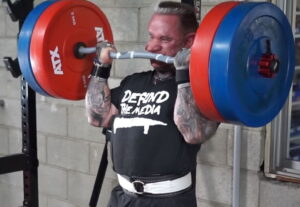
25 EZ Curl Bar Exercises
